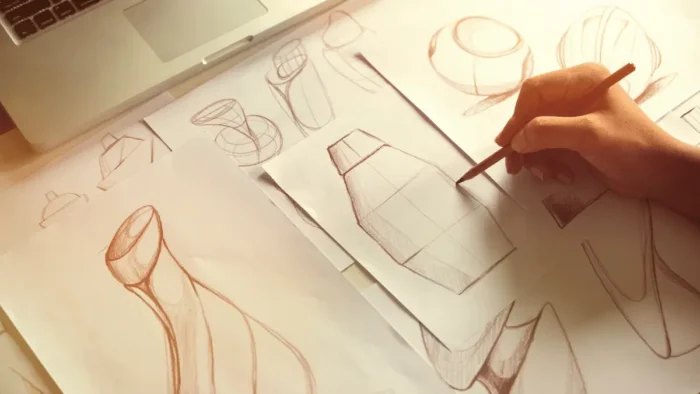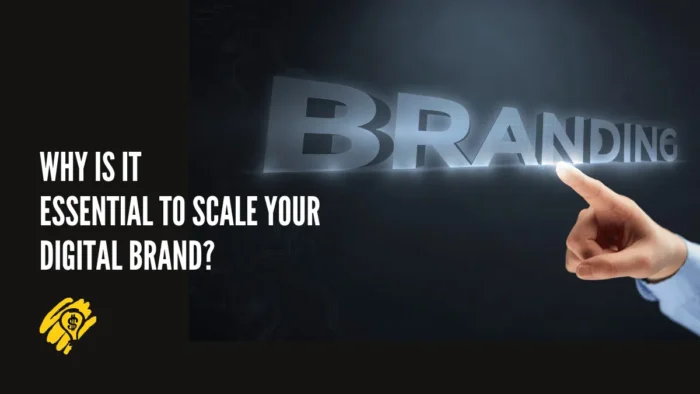In a crowded marketplace where first impressions are make-or-break, the significance of your product’s packaging cannot be understated. It is the first point of contact with your potential customers and serves as a protective covering at the same time. Because of the intense competition in the market, it is essential for you, as an entrepreneur, to ensure that your items are packaged in a manner that is both professional and appealing.
This blog post provides six suggestions for packing your products professionally. With these recommendations, you can leave a long-lasting impression on customers and increase your company’s sales.
Why Packaging Matters More Than You Think
Before we unravel the tips, it’s crucial to understand the profound impact professional packaging has on consumers. According to my own experience and the experiences of people that I know, we often have to make purchasing decisions at the point of sale, and packaging is an integral part of that decision-making process. The McKinsey packaging survey from January 2023 again proves that packaging is important to customers’ purchasing decisions.
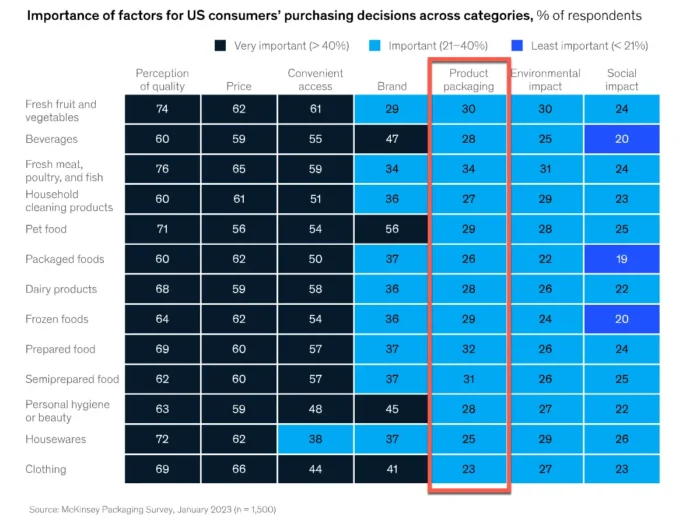
1. Understand Your Brand Identity and Target Audience
You must remember that your packaging is an extension of your brand, a mobile ambassador that tells a part of your story. It is a chance to reaffirm what you stand for and what sets your business apart.
Your packaging must align with your brand values. So, you must ensure that your packaging speaks your brand’s language.
Customers’ preferences and expectations about product packaging can vary depending on their demographic classification. Knowing your target audience will help you make informed decisions about the type of packaging materials, design, and messaging to use.
A packaging design that resonates with luxury car buyers won’t be the same as one for organic baby food customers. Understanding your customer is non-negotiable. Research their demographics and psychographics. Create empathetic packaging that speaks their language.
Consider Apple’s elegant, minimalist packaging, which mirrors the user experience. It is elegant, simple, and effortless. Or Tiffany’s blue boxes, which are nothing short of iconic. What the eye beholds, the heart recalls, and those emotions become naturally linked to the product.
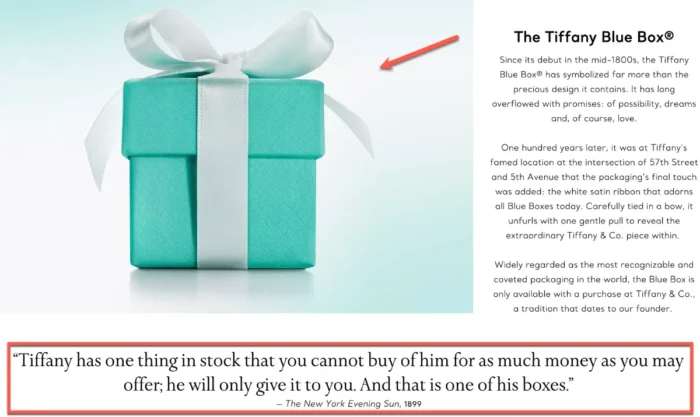
2. Choose the Right Packaging Materials
The type of packaging materials you use can greatly impact your products’ overall appearance and feel. Therefore, it is essential to select high-quality materials appropriate for your products. According to research by Ipsos, 67% of US customers say that paper and cardboard packaging makes a product more attractive than other materials and can enhance visual appeal.
Fragile items could need additional padding or cushioning to prevent damage during transportation, whereas food products would need packing that is resistant to moisture.
In addition to functionality, you must also consider the sustainability of your packaging materials. Many consumers are becoming more environmentally conscious and prefer products with eco-friendly packaging. According to the same McKinsey report we mentioned previously, around 50% of consumers are willing to pay a higher price for products in sustainable packaging. This shows that consumers are increasingly conscious of packaging sustainability and are willing to pay a premium for it
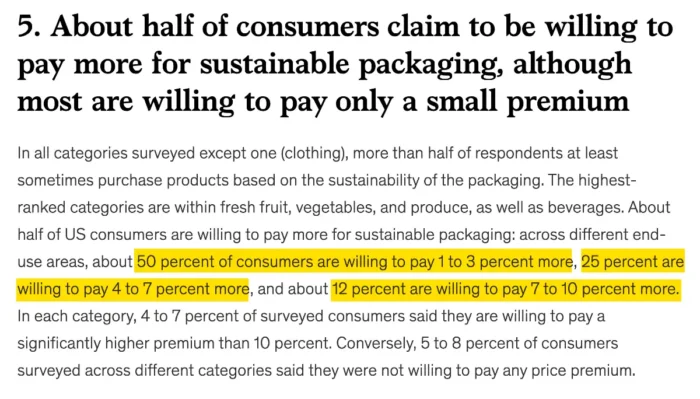
Remember that environmental sustainability is not a trend but a standard to which consumers now hold brands accountable.
There are plenty of sustainable options available now, whether biodegradable plastics, mushroom packaging, or recycled materials.
Offering incentives like discounts to encourage customers to return or reuse packaging can turn your one-time sale into a permanent eco-loop.
3. Invest in Professional Design
What does a square box evoke versus a round one? How do warm colors differ in emotional impact from cool ones? These are not just aesthetic decisions, but they are also psychological. So, why do you not use them to your brand’s advantage?
Having visually appealing and well-designed packaging can significantly influence your customers’ purchasing decisions. So, it is worth investing in professional design services to create unique, eye-catching packaging that reflects your brand identity and resonates with your target audience.
Remember that your packaging should be an extension of your branding. The font and colors should mirror your logo and website to create a unified, memorable customer experience.
Professional designers have the expertise and creativity to create innovative packaging designs that set your products apart from competitors. For instance, folding cartons enable you to elegantly and functionally showcase your brand logo and product information.
Humans crave narratives. So, why do you not use your packaging to incorporate a story that your customers want to be part of? Simply, the exterior and interior of your packaging are storytelling canvases. A small, personal note or a hidden quote can create an emotional connection.
I always think of the excitement unboxing an Apple product brings to me. They’ve turned packaging into an experience, and so should you.
4. Keep it Simple and Consistent
Keeping things simple is generally more effective, even though flashy designs and complex packaging may be enticing. Potential customers may be discouraged from purchasing your product if the packaging needs to be clearer and easier to understand. Maintain an uncluttered and consistent design that emphasizes the most important points about your product.
Consistency is also essential in maintaining brand recognition and loyalty. Ensure your packaging design aligns with your brand’s overall aesthetic and messaging for a cohesive and memorable customer experience. Such a design will also make it easier for customers to recognize your products on store shelves or online.
5. Prioritize Quality and Durability
While visually appealing packaging is essential, you must still consider its functionality and durability. No one wants to receive a shattered vase or melted chocolate. Your packaging must protect your product and be a resilient and smart defense.
Your products’ packaging must first ensure their safety for shipping and storage. Low-quality packaging can damage or spoil them, resulting in dissatisfied customers. You must choose sturdy packaging materials that can withstand the transportation and handling process.
Related: What is the Cost of Quality? Implementation and Measurement of Cost of Quality
6. Test and Iterate
Remember that your product packaging isn’t static; it’s a work in progress. You need to evaluate and innovate constantly.
Find out what resonates more with your customers. Sometimes, small changes can make a substantial difference. You can conduct simple A/B testing and ask customers what they think about your improved packaging. For example, you can divide your customers into several groups and send them different packages to measure their satisfaction and collect feedback.
This tip will only work if you listen to what your customers say about your packaging. Social media, review sections, or simple follow-up emails can be great ways to collect and analyze customer’s responses.
In Conclusion
Your product’s packaging is a silent commitment to your customers—a promise of quality and experience. By packing your products professionally, you tangibly elevate your brand. Remember, it’s not just a box; it’s a peek into what your brand stands for.
Today, every detail matters. Why? Because those “details” are what your customers will remember and share. They’ll Instagram their unboxing, tell their friends about the elegant product’s box, or tweet about the campaign your packaging supported. Ultimately, your packaging is not just about protecting your product; it’s about memorializing your brand.
Investing in professional and thoughtful packaging is investing in the growth and sustainability of your business. It’s about taking care of the environment, understanding your customer’s feelings, and narrating a story that’s uniquely yours. After all, in a world constantly shipping out products, your packaging makes your brand truly deliver.

